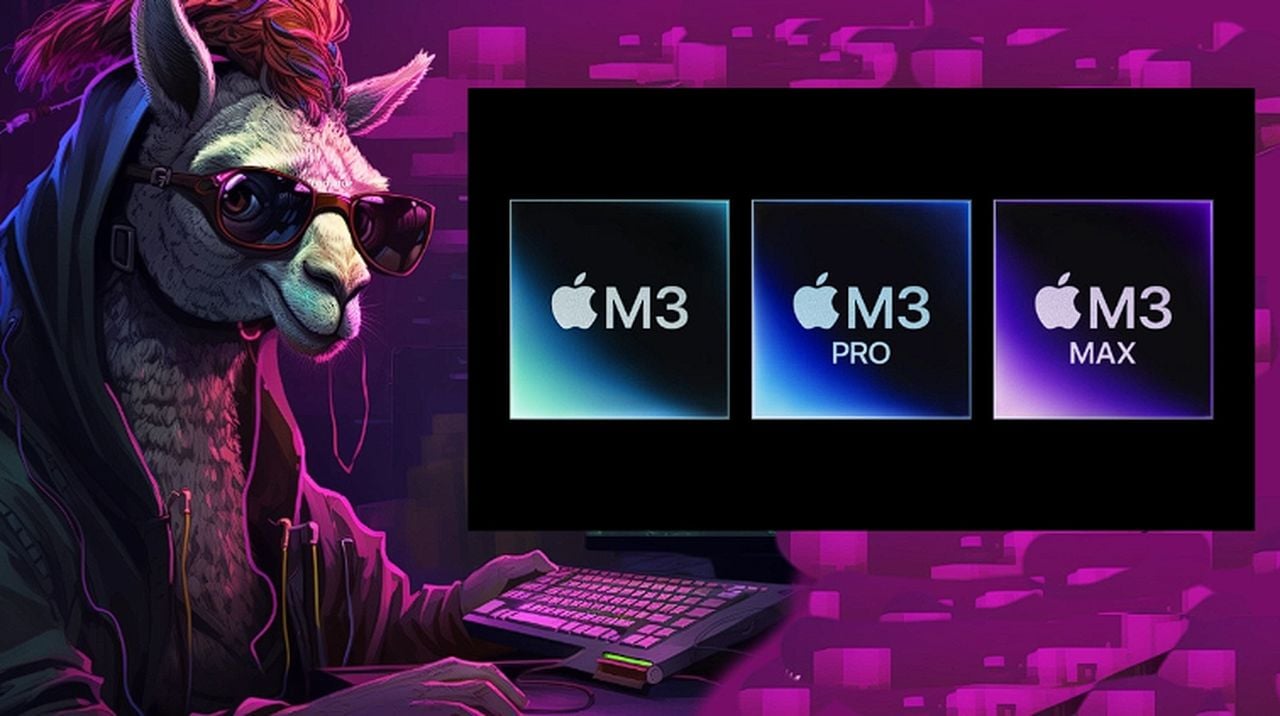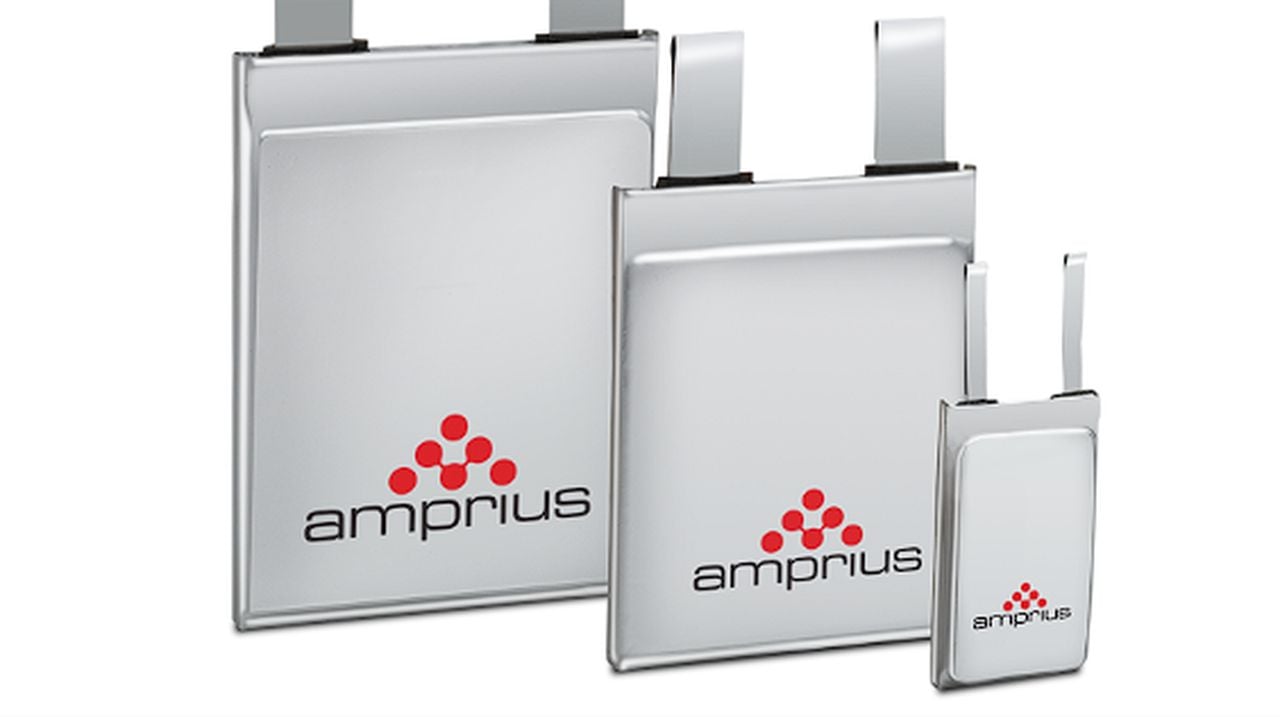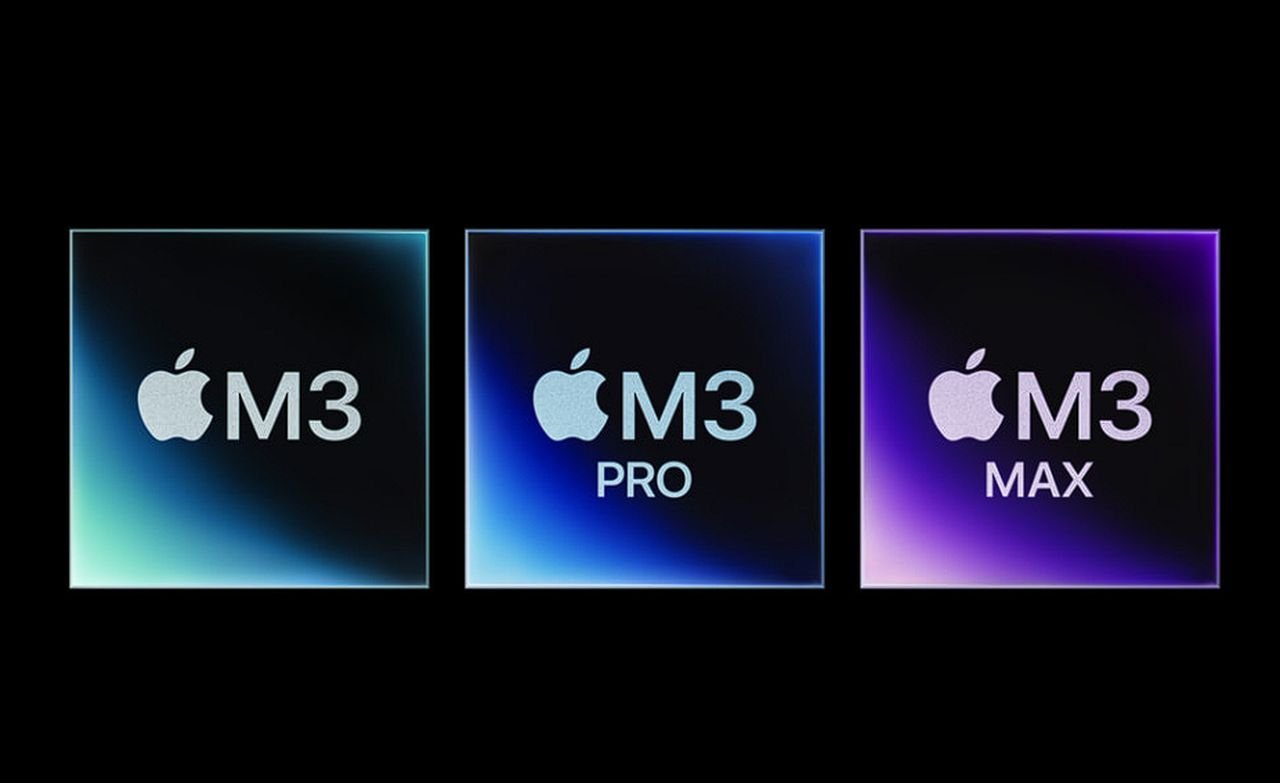![]()
The world of open-source computing has this week seen the launch of Fedora Asahi Remix, a Linux-based operating system specifically designed for Macs equipped with Apple Silicon. This groundbreaking development is a result of a multi-year collaboration between the Asahi Linux project and the Fedora Project, two significant players in the open-source community.
Fedora Asahi Remix Apple Mac Linux OS
Fedora Asahi Remix Apple Silicon Mac Linux OS is based on Fedora Linux 39 and is compatible with all M1 and M2 series MacBook, Mac Mini, Mac Studio, and iMac devices. This wide range of compatibility signifies a significant move towards bringing the flexibility and customizability of Linux to Apple’s latest hardware.
One of the unique features of Fedora Asahi Remix is its user interface. The first release of this operating system features the KDE Plasma user interface by default. KDE Plasma is known for its robustness and adaptability, providing users with a highly customizable experience. However, Fedora Asahi Remix also offers users the option to switch to GNOME, another popular desktop environment in the Linux world, offering flexibility to those who prefer a different user experience.
A standout feature of Fedora Asahi Remix is its support for hardware-accelerated graphics. This is made possible due to Asahi’s commendable work in reverse engineering Apple’s GPU architecture. This feature allows for a smoother, more responsive graphical user interface, as well as the ability to run graphically intensive applications more efficiently.
Compatibility and supported hardware
However, it is worth noting that not all hardware features are currently supported in this version of the operating system. For instance, Thunderbolt, USB4, Touch ID, built-in mics, speakers on iMac, and USB-C displays are not yet supported. Despite these limitations, the development team is continuously working to add support for these features in future releases. The compatibility jump over to the official Asahi Remix webpage.
Another significant feature of Fedora Asahi Remix is its 100% Wayland environment. Wayland is a protocol that specifies the communication between a display server and its clients. This protocol offers a more efficient and secure approach to managing windows on the screen, leading to a smoother user experience.
Furthermore, Fedora Asahi Remix Apple Silicon Mac Linux OS boasts non-conformant OpenGL 3.3 support and the world’s first certified conformant OpenGL ES 3.1 implementation for Apple Silicon. These features, including GPU-accelerated geometry shaders and transform feedback, allow for better performance and compatibility with a wide range of applications and games that require these technologies. The team is also working on OpenGL 4.x and Vulkan support to unlock the full potential of Apple Silicon graphics.
The launch of Fedora Asahi Remix marks a significant milestone in the integration of Linux with Apple Silicon. While there are some limitations in terms of hardware support, the operating system’s robust features and flexibility make it a promising development in the world of open-source computing. As the Asahi Linux and Fedora Project teams continue to refine and expand upon this operating system, users can expect more exciting features and broader hardware support in the future. Here are some other articles you may find of interest on the subject of Apple Silicon.
Filed Under: Linux News, Top News
Latest timeswonderful Deals
Disclosure: Some of our articles include affiliate links. If you buy something through one of these links, timeswonderful may earn an affiliate commission. Learn about our Disclosure Policy.






